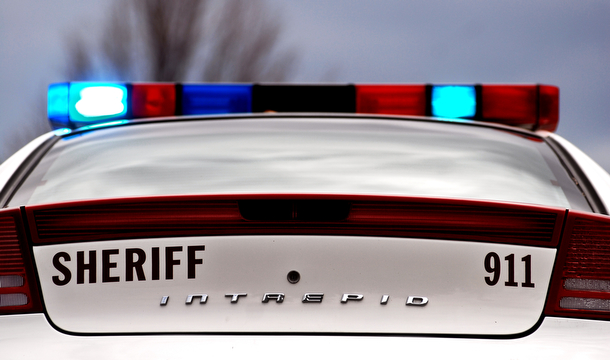The number of human trafficking cases in Montana doubled in 2016 from the previous year, according to data from the Department of Justice.
Law enforcement said the issue of human trafficking is closely tied to prostitution, which is also growing in the state and here in the Flathead Valley. In April, seven men were cited for solicitation of prostitution after local law enforcement conducted a two-day sting operation.
“Prostitution is more common here than people realize, mostly because it’s not a visible issue,” Sheriff Chuck Curry said. “We don’t have prostitutes standing on the street corners, but it is a growing issue.”
During the April sting, authorities posted an online advertisement offering the opportunity to meet a woman. Respondents were asked to negotiate a price to meet the woman at a local motel and engage in a sexual act. Authorities received 145 emails from inquiring individuals and 60 text messages, Curry said. The seven who arrived at the site were charged.
Curry said the increase of prostitution in the valley is in part the result of a growing population.
“The more this area grows, the more big city issues we’ll have,” he said.
Curry said prostitutes sometimes come from out of the area, get a hotel room and set up shop for a few days before moving on. By going after customers, Curry said law enforcement hope to reduce the demand.
Bryan Lockerby with the Montana Department of Justice’s Division of Criminal Investigations said law enforcement often take a “victim-centered” approach when dealing with prostitution cases because many of the women have been forced into the trade. He said the state has seen a huge increase in human trafficking cases in recent years, from zero in 2014, seven in 2015 and 14 in 2016. According to the Division of Criminal Investigations, in 2015 a dozen adult victims were rescued from human trafficking. In 2016 it nearly doubled to 22 people rescued. In 2015, one juvenile was saved; in 2016 five were rescued.
